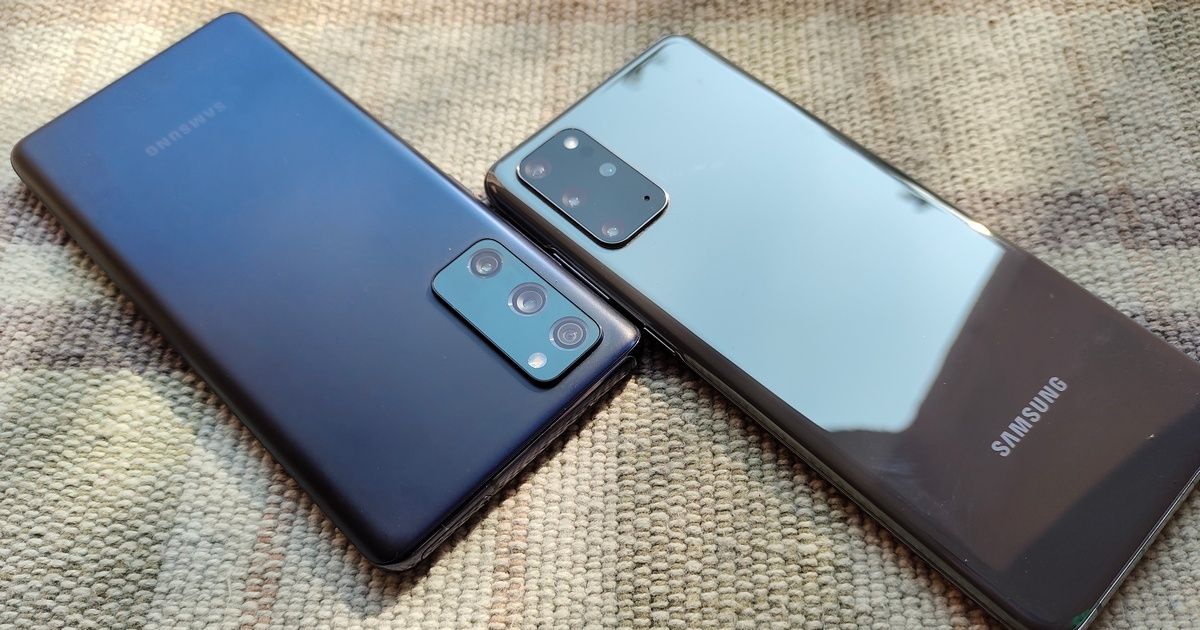
The Galaxy S20 FE is the latest from Samsung and is a stab by the company in the overcrowded affordable flagship space. Long dominated by OnePlus, the emergence of new players like Realme and iQOO has forced Samsung’s hand to explore this particular price segment by presenting a toned down Galaxy S20 and selling it at a much lower price in fancy colours. Amongst the compromises on the S20 FE, is one in the camera department. I had the Galaxy S20+ (review) on hand and it seemed like a good time to compare the S20 FE’s optical capabilities with its elder sibling. Let’s see how both phones faired against each other.
Talking first about the hardware on the S20 FE you will get a 12 MP, f/1.8 wide-angle sensor as the primary lens along with an 8MP telephoto lens with 3X optical zoom and a 12MP ultra-wide sensor that has a 123-degree field of view. On the S20+, there is the 12 MP, f/1.8 primary lens supported by a 64MP telephoto lens with 3X hybrid zoom, a 12MP ultra-wide with a 123-degree field of view, and a 0.3MP ToF depth sensor. On the front of the FE is a 32MP selfie shooter with f/2.2 while the S20 Plus has a 10MP resolution lens with a large 1.22µm sensor.
Daylight photography
The main sensor on both the phones remains the same as does the chipset, which means that you will be getting more-or-less equally colourful and slightly saturated photos with a healthy amount of exposure handling. Both phones have some trouble with HDR such that in bright sunlight, the blue colours in the sky are sometimes drowned out, unless you specifically tap to focus in that area. There are several camera features present on both phones but most notably you will see major changes with auto-HDR and Scene Optimizer toggles. For the latter, both phones will accurately detect what kind of scene is visible in the viewfinder, such as flowers, buildings, cars, mountains and so on. The results are consistent with both phones which is not surprising since Samsung’s colour science is mostly the same. Autofocus and shutter speeds on both the primary lenses are on point.
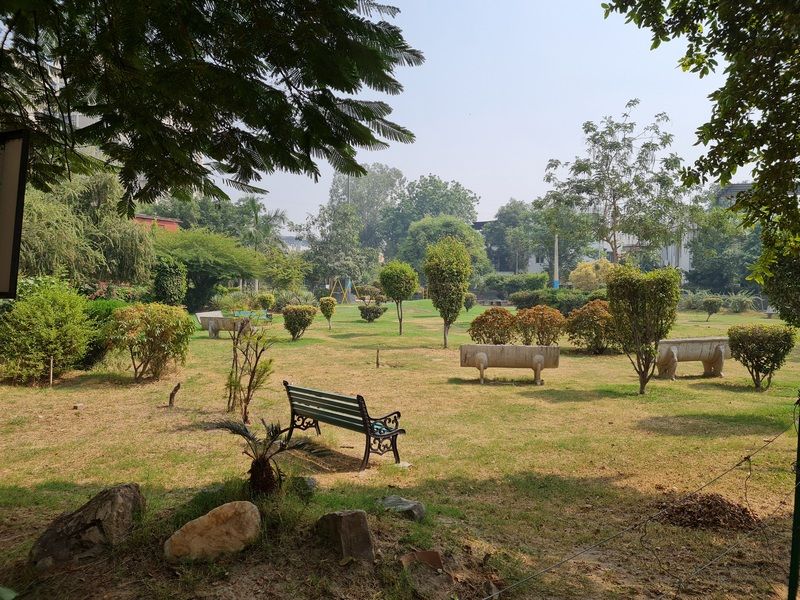
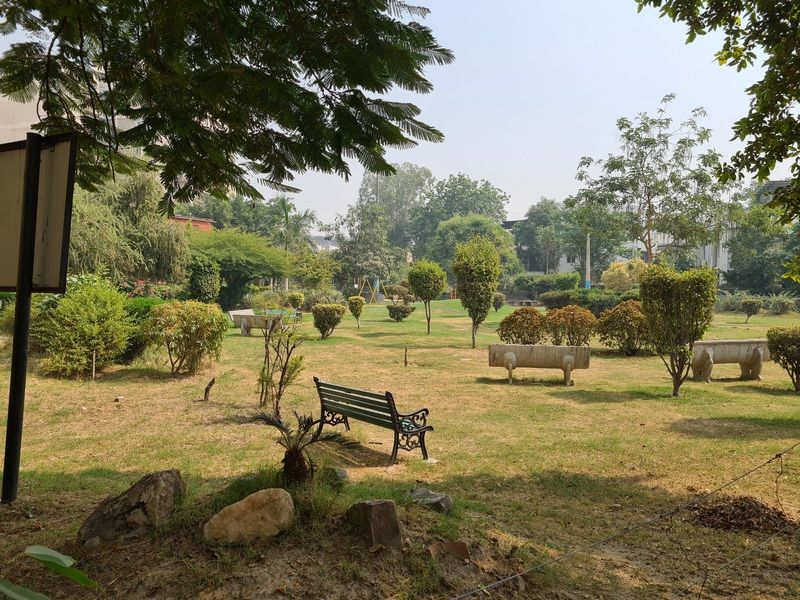
Telephoto shots
On the S20 FE you will get an 8MP sensor that has dedicated 3X optical zoom and 1.0µm size. There is also the ability to digitally enhance the zoom by 30X. It is a different story for the S20+ which makes use of a smaller 0.8µm sensor with a 64MP resolution that is optically capable of 1X zoom but can crop into the high-res image for a hybrid 3X zoom. This can be pushed digitally to 30X like the FE. In practice, both sensors perform well and can produce comparatively stable photos thanks to OIS capabilities. A crop-in zoom photo is generally not going to be as good as one which has been obtained optically, and this holds true for the S20+. At 3X Zoom there is a negligible difference between both photos. However, when we zoom in further at 10X you will see that S20+, which is digitally zooming into a cropped photo is less detailed with shallow focus. The S20 FE produces marginally better detailing even while its sensor has 1/8th of the resolution.
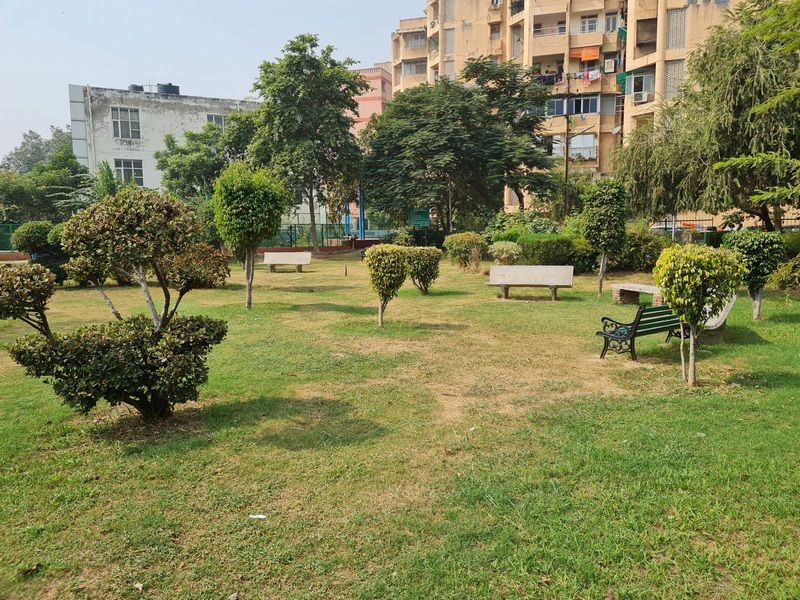
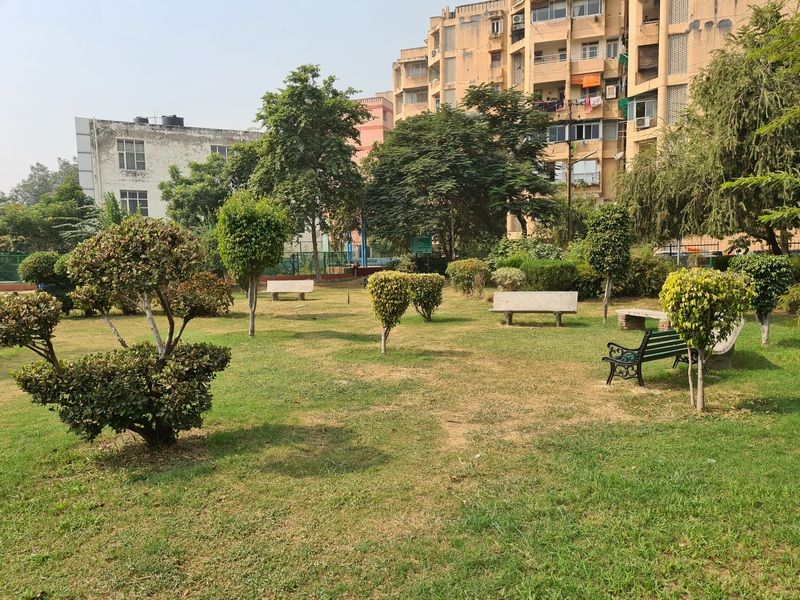
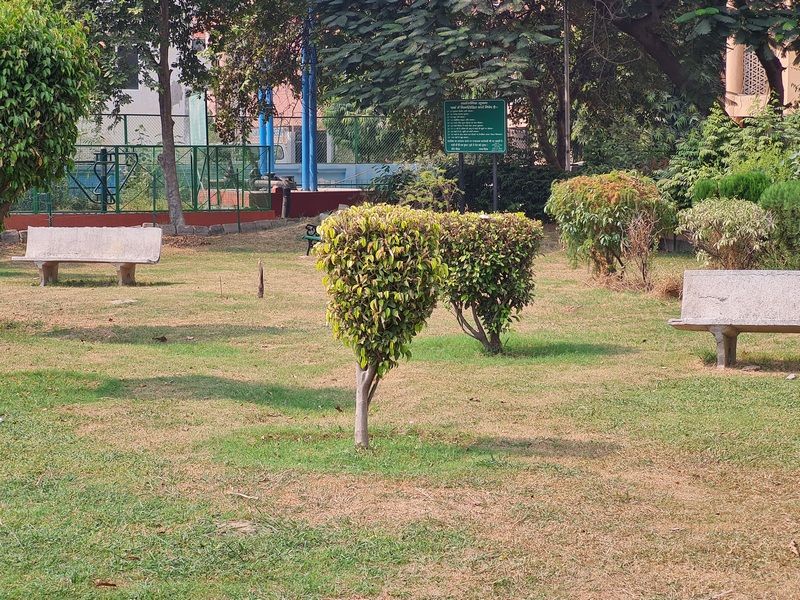
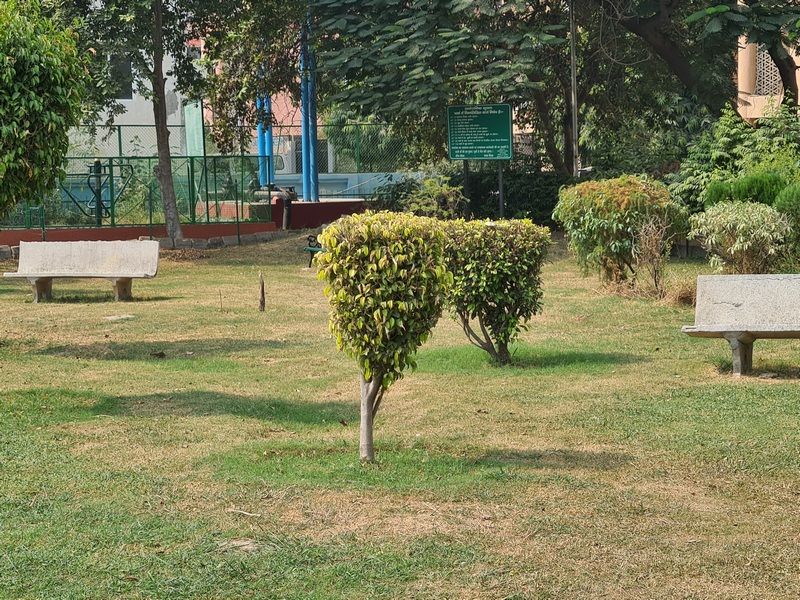
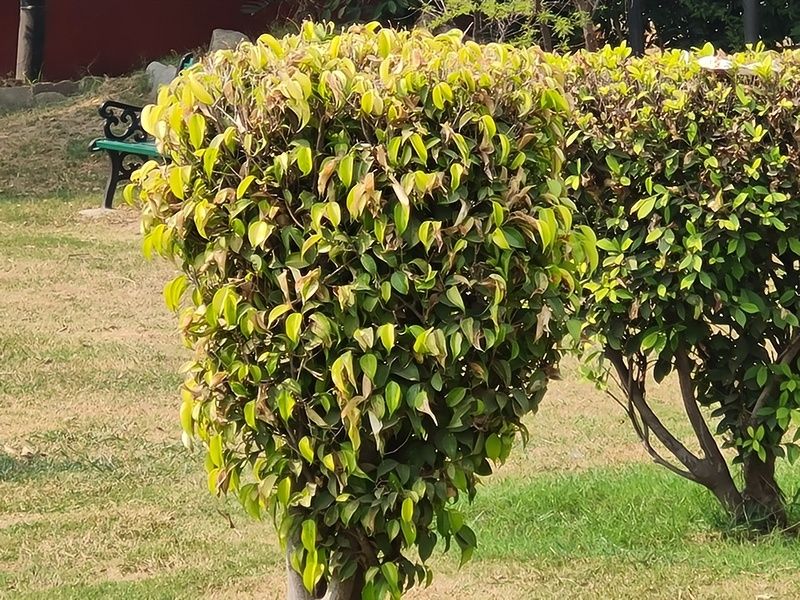
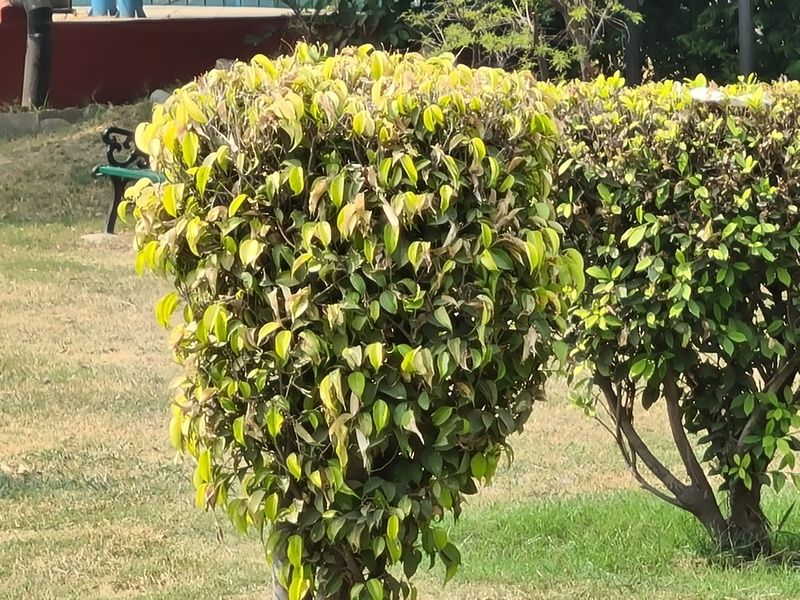
Ultra-wide shots
While the ultra-wide shooters on both the phones have 12MP resolution, the S20+ has a slightly bigger 1.4µm sensor as compared to the 1.12µm on the FE. This does give the former a distinct advantage in low-light scenarios but also makes for more colour accurate shots. The S20 Plus usually captured more details and kept the colour temperature and HDR in greater control. By contrast, the S20 FE gave out slightly washed-out colours and softer focus on details. Warping on the edges was thankfully at a minimum on both the devices.
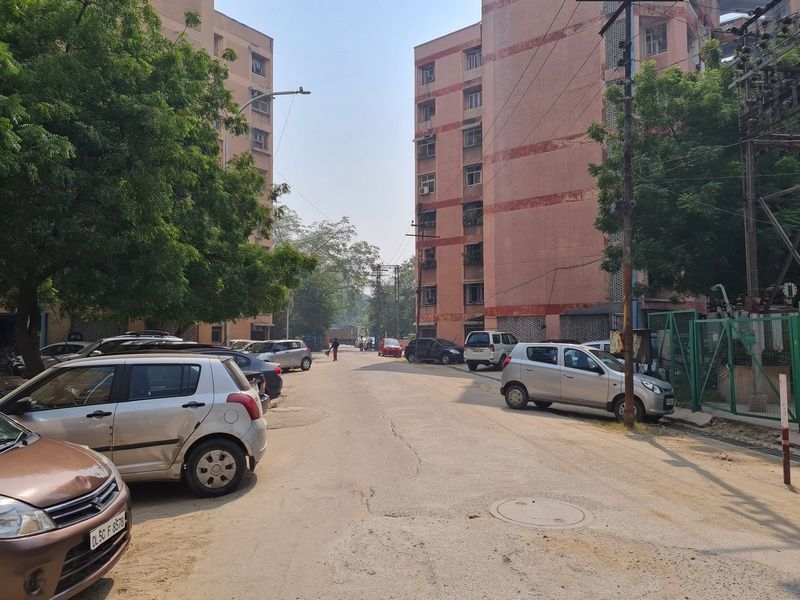
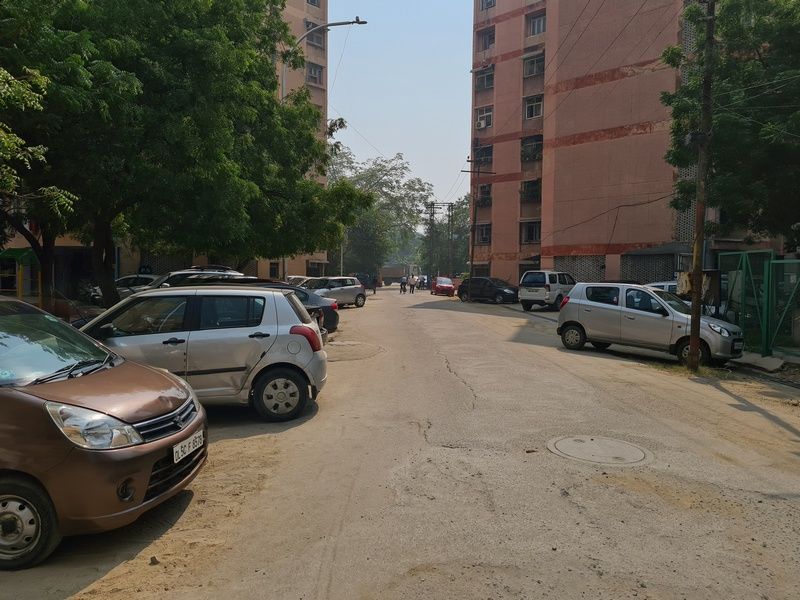
Close-up shots
There are no macro lenses on either phones and to be quite frank most macro sensors I have encountered offer very little by way of accurate colour reproduction and details. Both the primary sensors have the same size and the same 26mm focal length. Even so, I found that the S20+ focused well on close-up objects than the S20 FE but only by a very slight margin.
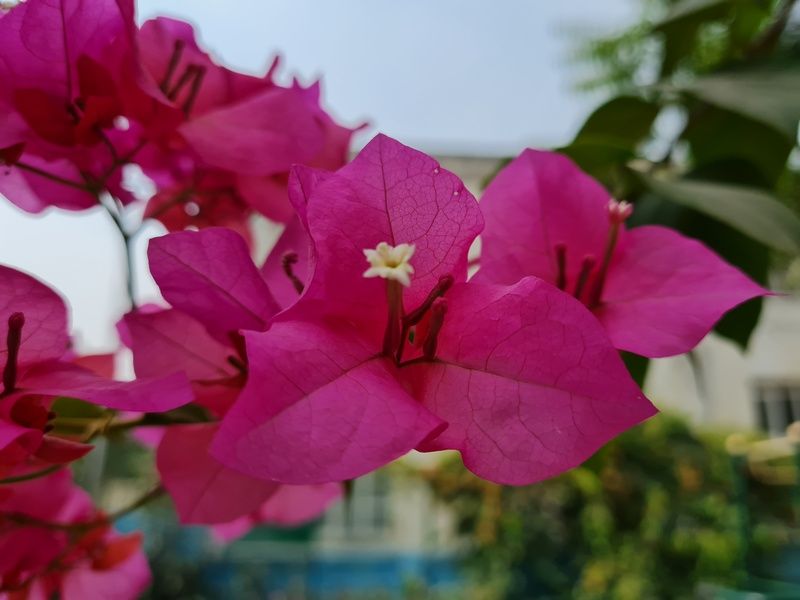
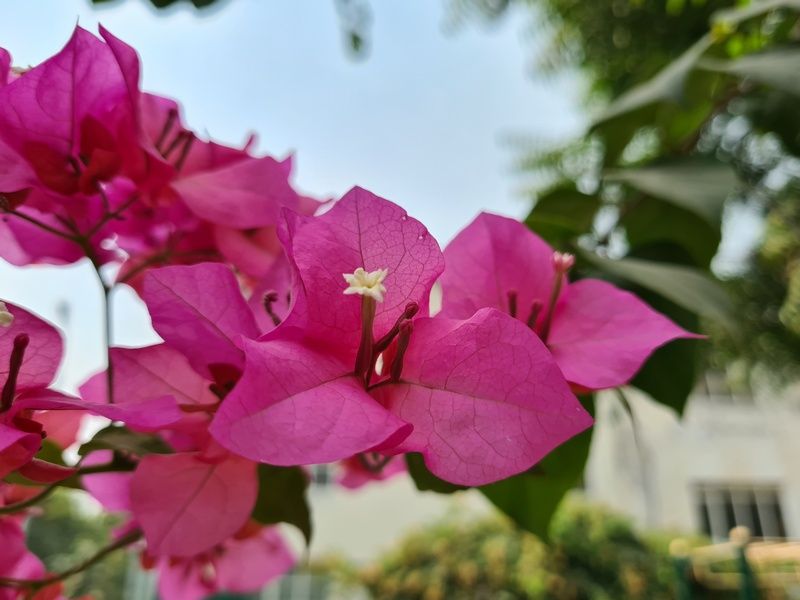
Nighttime photography
The Galaxy S20 FE has excellent night photography capabilities and in some cases it does outperform its older sibling. Low-light image processing for Samsung phones has improved dramatically over the past software updates and all though both the devices happen to be running on the same version, I can see that S20 FE has fractionally better capabilities. The dedicated Night mode is present on both the devices but for the FE the auto scene detection automatically triggers a long-exposure shot without switching modes. With some added image processing and a sprinkle computational photography, the S20 FE, at normal mode, can sometimes produce better photos than what the S20+ can with the Night mode on. Even so, both phones can bring out a lot of details and expose the photo correctly provided some external light source such as a lamplight is present. In total darkness, both phones produce an equally grainy photo. As for the ultra-wide lens, the S20+ is visually better than the S20 FE but not by a large margin.
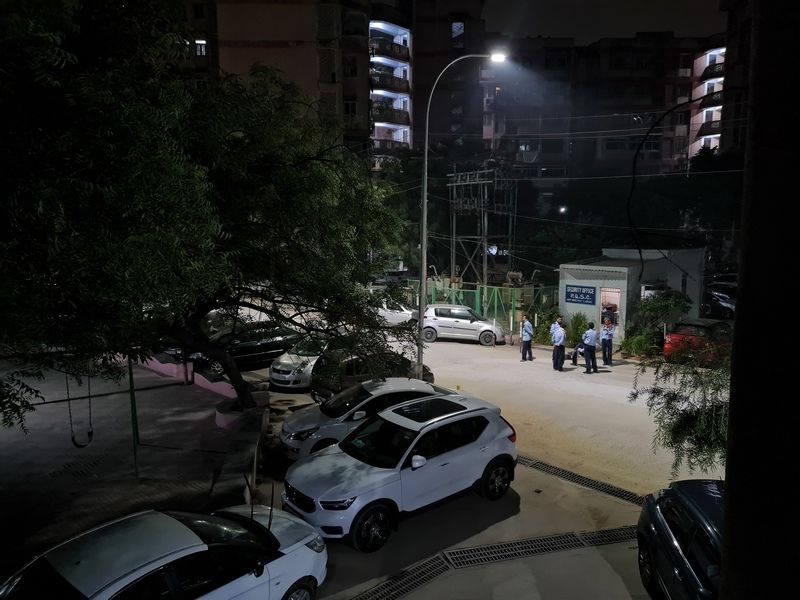
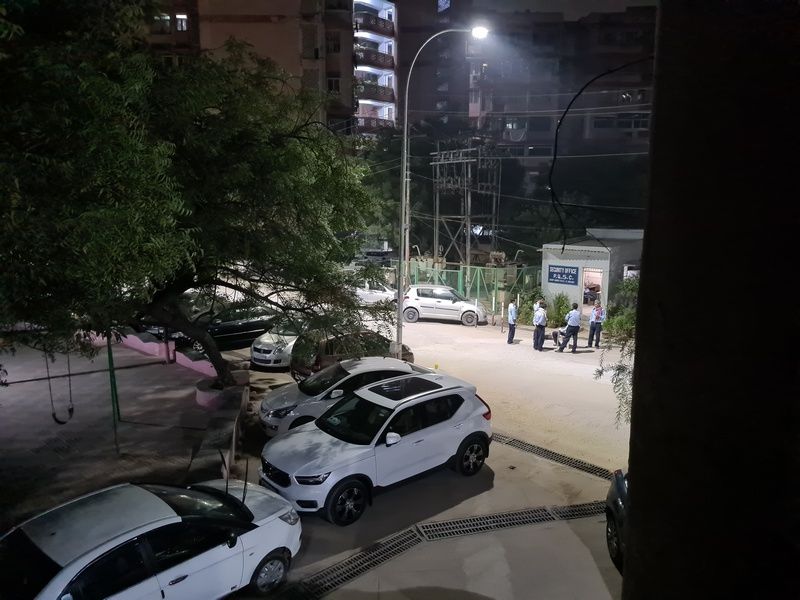
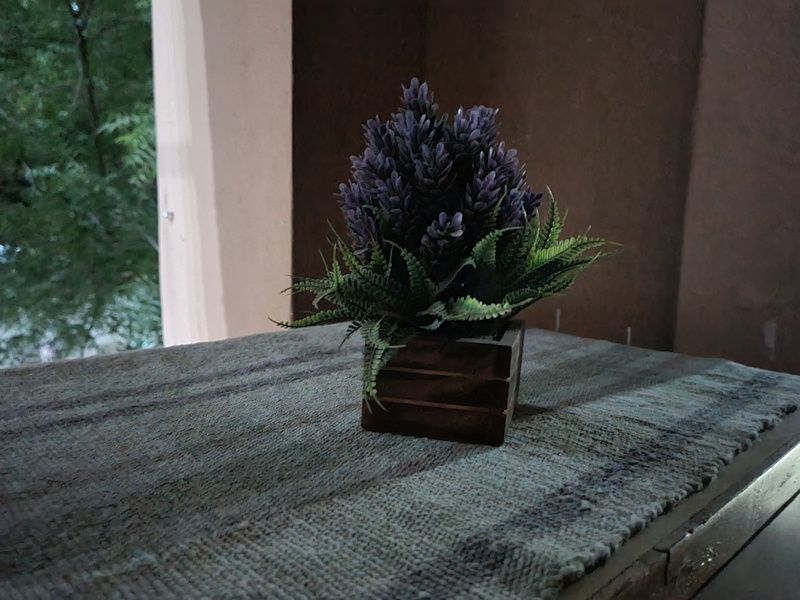
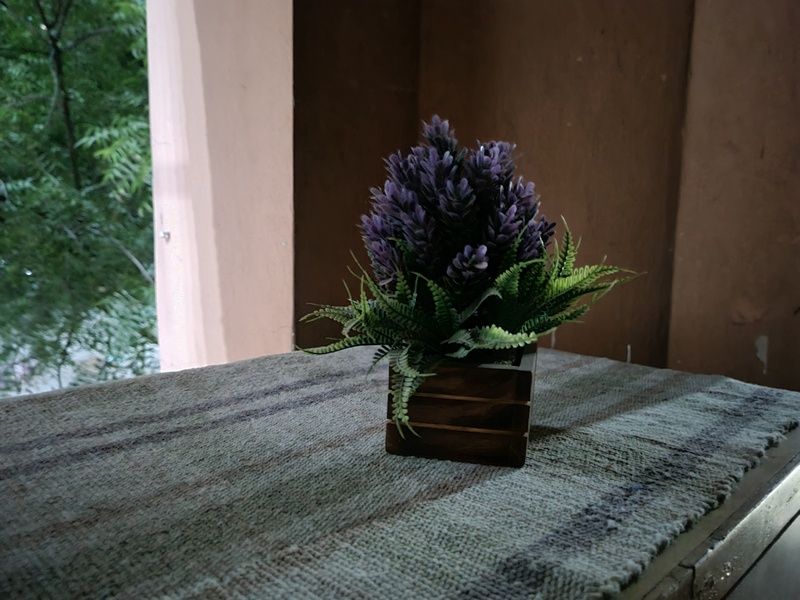
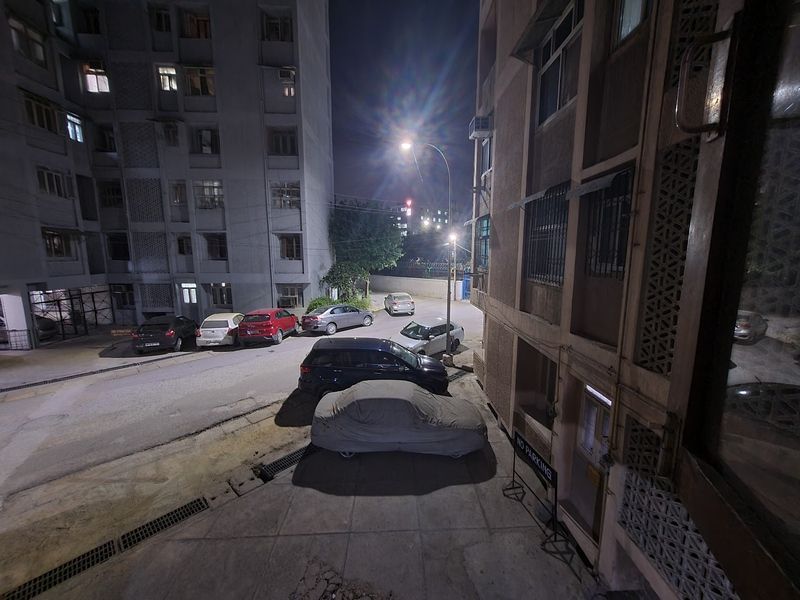
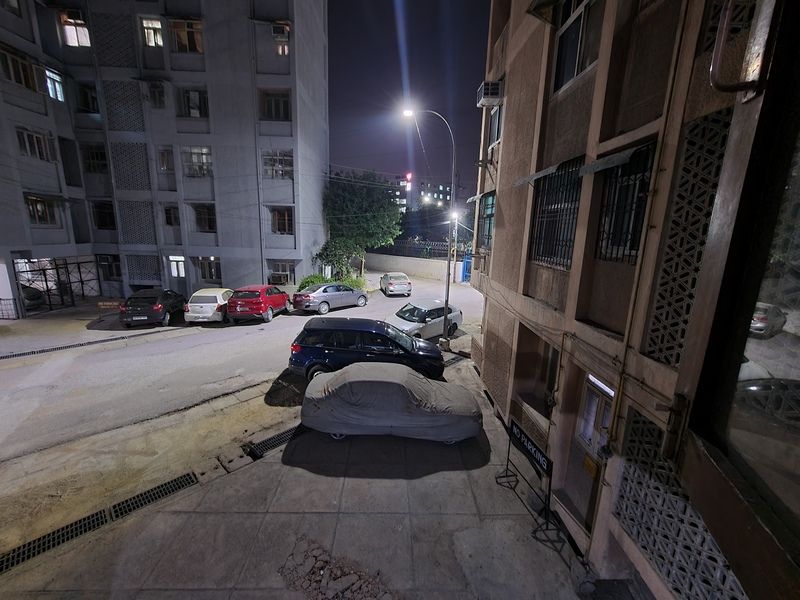
Portrait shots
Samsung calls the portrait mode on its devices Live Focus and it is slightly different for both devices. On the S20 FE, only the ultra-wide lens can be used for portrait shots while the S20+ can do it with its telephoto lens as well. Apart from that, there is the added benefit of having a dedicated depth sensor on the S20+. However, in the final quality of photos, the S20 FE’s ultra-wide is generally going toe-to-toe with the S20+ even though the latter has a better ultra-wide lens. The blur is adjustable, soft and very easy on the eye. Both phones also have stellar edge detection capabilities to separate the subject from its background.
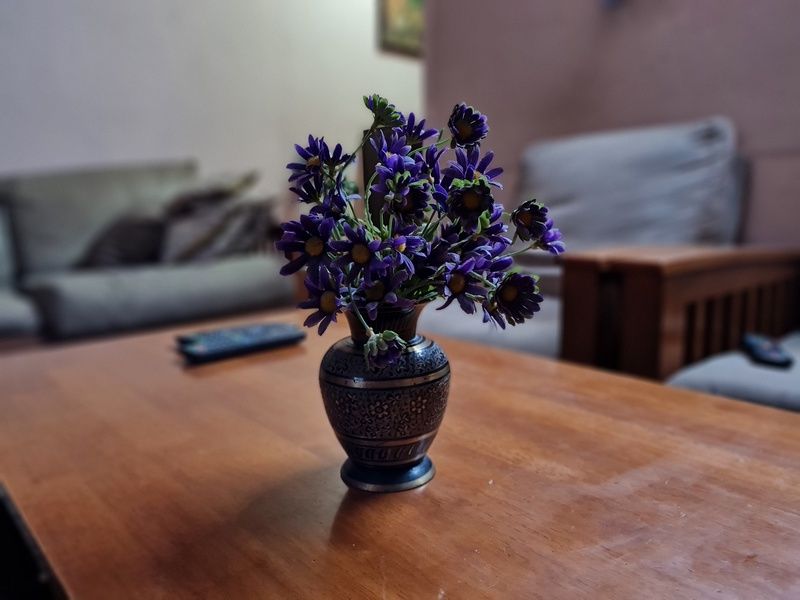
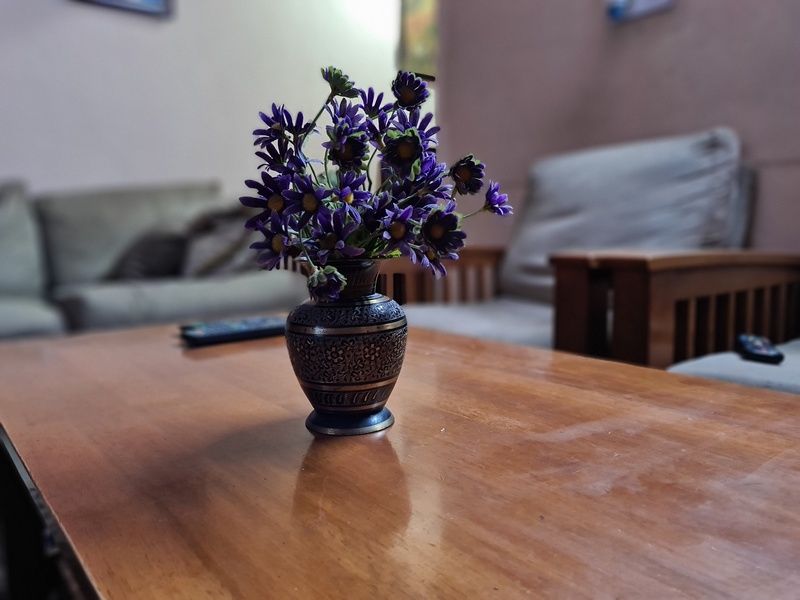
Selfie shots
On paper, the S20 FE packs in a much higher resolution 32MP snapper as compared to the S20+ with its 10MP selfie shooter. The Galaxy A71 also packs in the same 32MP selfie shooter and it would appear that it has been lifted from the device and put in the S20 FE. Inherently there is nothing wrong with selfies from the FE but it does tend to brighten the skin complexion. The S20+ maintains skin tones but gets in slightly less facial details by employing over-sharpening. Live Focus on both the phones is pretty much on point although I did notice a kind of yellow tinge to shots on the S20 FE.
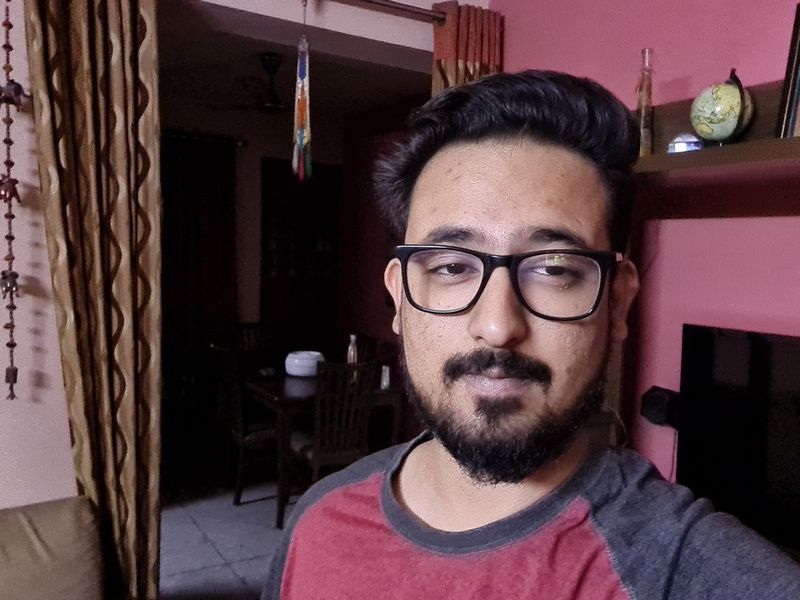



Videos
Both the phones feature OIS on the telephoto and primary lenses. You can shoot 4K video at 30 and 60 fps while 1080p can be shot @30/60/240fps. There is also the super slo-mo mode which can shoot 720p @ 960fps. Video quality on both phones is extremely stable and you can increase the stability by enabling the Super Steady mode. The S20 FE does miss out on 8K @ 24fps which the S20+ has, but to be quite honest, that is not that big a deal for most people. There are very monitors or TVs that will actually be able to display a video shot in such high resolution.
Verdict
The Galaxy S20 FE trades blows on an equal footing with the S20+ and in a few areas even delivers the harder punch. This is good news since the S20 FE costs about Rs 28,000 less. There are obviously a few other skimping of specs that contribute to the lower price point on the FE, but as far as optics are concerned you are not missing out on much, except for the depth camera which has limited functionality. Overall I would say that this is pretty much a win for Samsung and if you were to get a Galaxy S20 FE, the camera department will not disappoint you.
from 91mobiles.com https://ift.tt/37ddMtw
Post a Comment